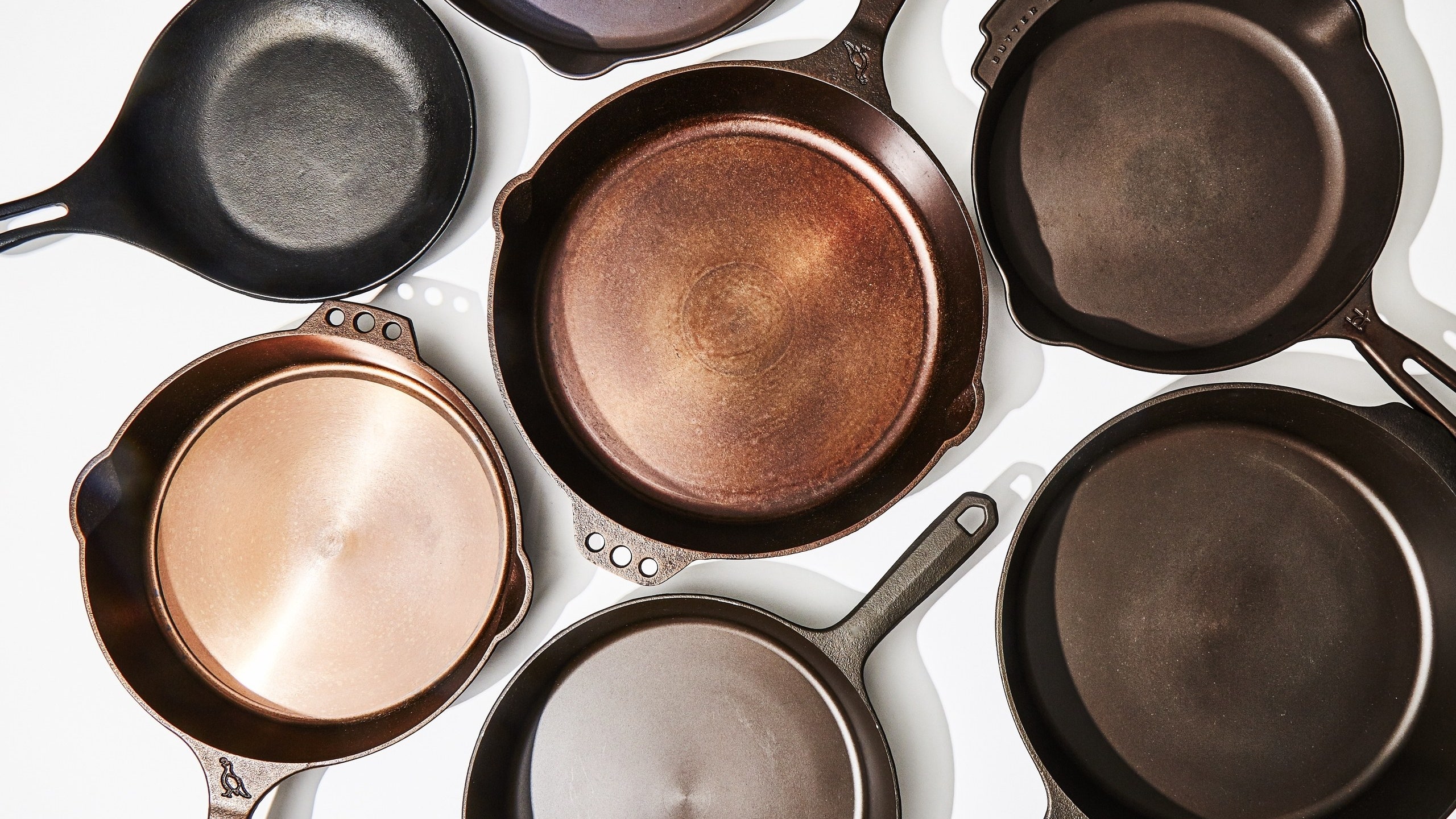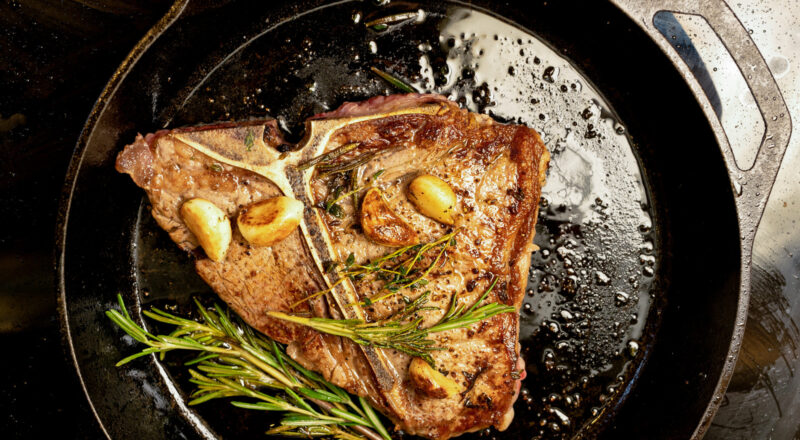Cleaning a skillet pan can be a daunting task. However, maintaining a clean pan is essential for every kitchen professional and cooking enthusiast. In this article, we will delve into the best practices for keeping your skillet pan spotless. Understanding how to clean skillet pan effectively ensures not only a longer lifespan for your cookware but also better cooking results.
Keeping your skillet pan in pristine condition can transform your cooking experience from frustrating to delightful. With these simple yet effective methods, youll be back to cooking your favorite dishes in no time.

Why Proper Cleaning is Essential
Properly cleaning your skillet pan helps to preserve its non-stick surface, prevents rusting, and ensures the food you cook is safe and free from lingering flavors of previous meals.
Maintaining the Non-Stick Surface
The non-stick surface of your skillet pan can wear off if not properly maintained. Knowing how to clean skillet pan without damaging this layer can help in keeping it intact for years.
Preventing Rust
Rust can significantly damage your skillet pan. By regularly cleaning and seasoning your pan, you can prevent rust buildup.

Initial Cleaning After Purchase
When you first purchase a skillet pan, cleaning it properly from the start can make a huge difference. This initial cleaning helps to remove any manufacturing residues:
- Rinse with hot water.
- Use a mild soap and a soft sponge.
- Dry thoroughly to prevent rust.

Daily Cleaning Routine
Establishing a daily cleaning routine is crucial for maintaining your skillet pan. Follow these steps to ensure thorough cleaning:
Step 1: Let it Cool
Allow your skillet pan to cool down before washing to avoid thermal shock, which can cause warping.
Step 2: Gentle Scrubbing
Use a soft sponge or brush and warm water. Avoid using steel wool or harsh abrasives as they can damage the non-stick surface.
Step 3: Drying Properly
Thoroughly dry your skillet pan with a clean towel to prevent moisture from causing rust.
Step 4: Re-seasoning
After washing, apply a thin layer of oil to the skillet pans surface and heat it to maintain the seasoning.
Common Cleaning Methods
Depending on the type of food residue, different cleaning methods may be required. Here are a few commonly used methods:
Salt Scrub
For tough, stuck-on food, sprinkle coarse salt into the pan and scrub with a paper towel or soft sponge.
Baking Soda Paste
Mix baking soda with a little water to form a paste. Apply this to the pan and scrub gently to remove stubborn residues.
Boiling Water
For extremely tough residues, fill the pan with water and bring it to a boil. After cooling, it should be easier to scrub away the residue.
Tips to Avoid
When cleaning your skillet pan, avoid these common mistakes:
- Using harsh detergents and chemicals.
- Submerging a hot pan in cold water.
- Allowing the pan to air dry completely.
Special Care for Different Skillet Types
Cast Iron Skillet
For cast iron skillets, avoid soap and instead use warm water and a scrubber. Regularly season your pan to maintain its non-stick surface.
Non-Stick Skillet
Use mild soap and a soft sponge for non-stick skillets. Avoid metal utensils that can scratch the surface.
Troubleshooting Common Issues
Removing Rust
Scrub the rusted area with steel wool, rinse, and then thoroughly dry. Apply a layer of oil and heat to restore the seasoning.
Dealing with Burnt Food
Soak the pan in warm soapy water for a few hours, then clean gently with a sponge.
Maintenance and Storage
Regular Seasoning
Apply a thin layer of oil to your skillet pan after each use and heating to keep it well-seasoned.
Proper Storage
Store your skillet pan in a dry place to prevent rust. If stacking, place a paper towel between pans to protect the surface.
FAQs
How often should I season my skillet pan?
Regular seasoning is recommended after each use to maintain the pans non-stick surface.
Can I use soap on my cast iron skillet?
Its best to avoid soap on cast iron skillets as it can strip away the seasoning.
What do I do if my skillet pan is rusty?
Remove the rust with steel wool, rinse, dry, and re-season your pan.
As an Amazon Associate, I earn from qualifying purchases.
For more in-depth tips on cleaning cast iron, check out this helpful guide on Food Network.

